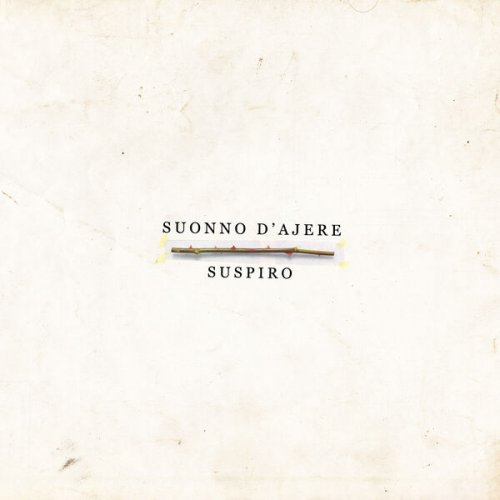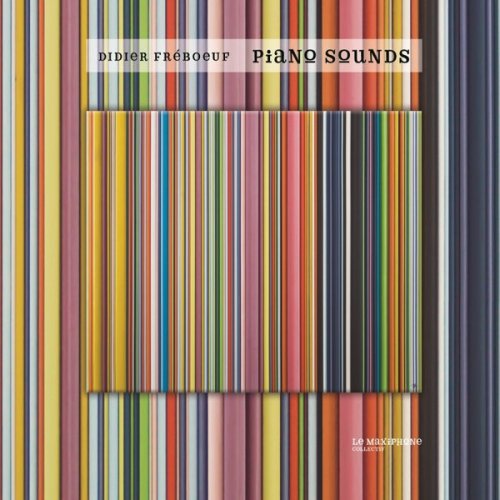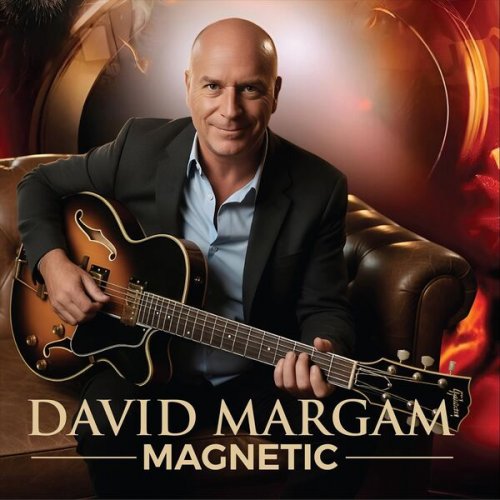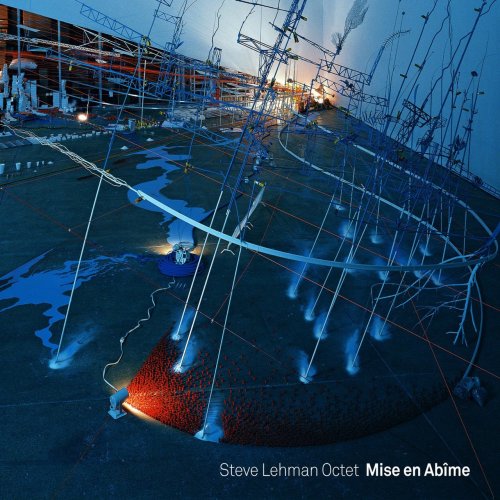Lord Kelvin - Radio Has No Future (2011) [Hi-Res]
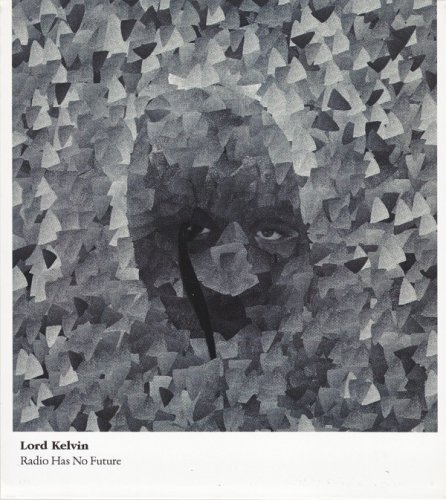
Artist: Lord Kelvin
Title: Radio Has No Future
Year Of Release: 2011
Label: Gigafon
Genre: Contemporary Jazz
Quality: FLAC (tracks) [24/48] [Hi-Res]
Total Time: 41:12
Total Size: 488 MB
WebSite: Album Preview
Tracklist: Title: Radio Has No Future
Year Of Release: 2011
Label: Gigafon
Genre: Contemporary Jazz
Quality: FLAC (tracks) [24/48] [Hi-Res]
Total Time: 41:12
Total Size: 488 MB
WebSite: Album Preview
01. Baron Kelvin of Largs (5:10)
02. The Transatlantic Cable (6:09)
03. The Analog Tide Predictor (3:16)
04. Automatic Curb Sender (2:27)
05. Radio ... (0:18)
06. The Mirror Galvanometer (1:49)
07. June 26th 1824 (1:05)
08. December 17th 1907 (1:05)
09. Kelvin´s Thunderstorm (2:50)
10. The Syphon Recorder (3:47)
11. …Has No… (1:08)
12. Fourier Is A Mathematical Poem (1:36)
13. …Future (0:10)
14. Molecular Dynamics (3:34)
15. Magnetoresistance (3:55)
16. Improved Gyro-compass (2:52)
William Thomson, better known as Lord Kelvin (1824-1907), was a Scottish physicist, engineer and inventor who defined absolute zero—the theoretical absence of all thermal energy. The musical incarnation of Lord Kelvin comes from Norway—certainly a cold place on the globe—its three members meeting while attending the famous Trondheim Conservatory. Like its debut, (Dances in the Smoke (Jazzland, 2009), the trio's sophomore release is, however, steaming hot.
All three members of the trio have busy and varied musical careers. Amongst them, reed player Eirik Hegdal is one of the composers/leaders of the Trondheim Jazz Orchestra, where trombonist Erik Johannessen is an occasional member; Johannessen and drummer Gard Nilssen have collaborated in the energetic ensemble Jaga Jazzist in the past; and Nilssen plays in Hegdal's Team Hegdal and leads Bushman's Revenge. All three contribute compositions to Lord Kelvin.
This January 2010 recording, Radio Has No Future, is titled after one of the original Lord Kelvin's most famous predictions, and all 16 short original compositions refer to Kelvin's many areas of interest. It has a much more powerful sound and rhythmic focus than the debut, with everyone contributing to the hard-swinging pulse; often, until it really rocks. "The Syphon Recorder" perfects this attitude, beginning as a sweet old-time swing, but quickly gaining power and volition till its twisted and cathartic coda.
A highly articulate player, Johannessen shines on many of the compositions. On "Baron Kelvin of Largs," "The Analog Tide Predictor" and "Magnetoresistance," he talks melodically through his trombone, expanding the language of an instrument that, a generation ago, was being innovated by other Europeans players including Albert Mangelsdorff and Conny Bauer. Hegdal is usually a modest player, but whenever he solos he can tell a story—complex, nuanced, colorful and concise, but with clear emotional impact. Nilssen's uncompromising drumming set a hypnotic and driving pulse behind the horn players, often turning this trio into a tough, hard rock unit with his powerhouse playing.
Lord Kelvin experiments with contemporary chamber textures on "The Mirror Galvanometer," "June 26th 1824" (Lord Kelvin's birth date), "December 17th 1907" (his date of death) and "Fourier Is A Mathematical Poem," where Hegdal and Johannessen's compositions/arrangements highlight the imaginative scope and playfulness of this trio's interplay. Johannessen's beautiful dreamy closer, "Improved Gyro-Compass," with Nilssen on vibes, is a masterful exercise of elegant and emotional playing.
All three members of the trio have busy and varied musical careers. Amongst them, reed player Eirik Hegdal is one of the composers/leaders of the Trondheim Jazz Orchestra, where trombonist Erik Johannessen is an occasional member; Johannessen and drummer Gard Nilssen have collaborated in the energetic ensemble Jaga Jazzist in the past; and Nilssen plays in Hegdal's Team Hegdal and leads Bushman's Revenge. All three contribute compositions to Lord Kelvin.
This January 2010 recording, Radio Has No Future, is titled after one of the original Lord Kelvin's most famous predictions, and all 16 short original compositions refer to Kelvin's many areas of interest. It has a much more powerful sound and rhythmic focus than the debut, with everyone contributing to the hard-swinging pulse; often, until it really rocks. "The Syphon Recorder" perfects this attitude, beginning as a sweet old-time swing, but quickly gaining power and volition till its twisted and cathartic coda.
A highly articulate player, Johannessen shines on many of the compositions. On "Baron Kelvin of Largs," "The Analog Tide Predictor" and "Magnetoresistance," he talks melodically through his trombone, expanding the language of an instrument that, a generation ago, was being innovated by other Europeans players including Albert Mangelsdorff and Conny Bauer. Hegdal is usually a modest player, but whenever he solos he can tell a story—complex, nuanced, colorful and concise, but with clear emotional impact. Nilssen's uncompromising drumming set a hypnotic and driving pulse behind the horn players, often turning this trio into a tough, hard rock unit with his powerhouse playing.
Lord Kelvin experiments with contemporary chamber textures on "The Mirror Galvanometer," "June 26th 1824" (Lord Kelvin's birth date), "December 17th 1907" (his date of death) and "Fourier Is A Mathematical Poem," where Hegdal and Johannessen's compositions/arrangements highlight the imaginative scope and playfulness of this trio's interplay. Johannessen's beautiful dreamy closer, "Improved Gyro-Compass," with Nilssen on vibes, is a masterful exercise of elegant and emotional playing.
